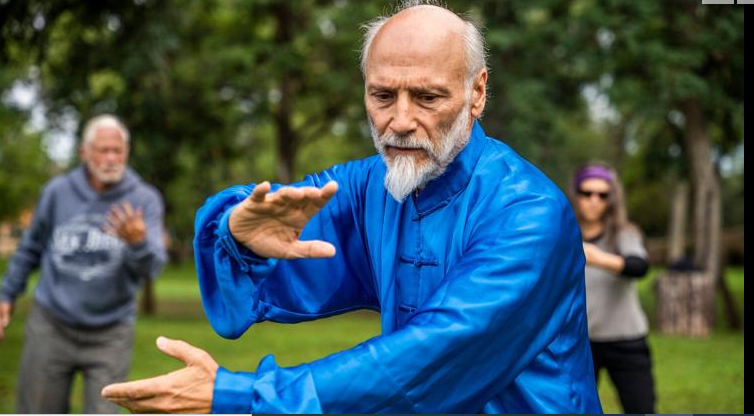A Commitment to Excellence
52 Years of Experience Working for You

Welcome to the Qigong Academy and Taos Tai Chi
CLASS SCHEDULE
In Person Classes
Kit Carson Park TCA side
Taos, NM, 87571
Weekday Classes
Tuesday and Friday 9 am
Sunday 10 am
9 am Mondays at Taos Senior Center 200 Albright ( enter in Back )
Hope to see you soon.
$10-20 Suggested donation. Everyone Welcome. Coming together in Community.
Private Lessons with Richard Available on Skype, Zoom or in Person. $ 100
Call or text 216-978-4377
Check out Videos On Richard’s YouTube Channel Here https://www.youtube.com/@richardleirer
Free Zoom Classes
For Those Who Cannot Attend in Person Try it You Might Like it !!!!!!
Here are my zoom links. Just click on the day and time and join in the fun. No Pre Registration Necessary.
Monday: Qigong/Tai Chi with Richard/ 10 am mnt/ Noon Est
————————————————————————–
Tuesday Night Time Wu Style Taij 5 pm mnt time, 7 pm est. Meeting ID: 858 9324 1312
————————————————————————–
Wednesday TaiJi with Richard 10 am mnt / Noon Est.
—————————————————————————–
Thursdays Wu Style Tai Chi with Richard 10 am mnt/Noon Est.
—————————————————————————–
Saturday Tai Chi/Qigong Class/ 10 am mnt/ Noon Est. Meeting ID: 323 859 780
———————–
Looking forward to seeing you in class.
Richard
Richard’s Book can now be bought through Amazon. Just type in Richard Leirer
Want a Medical Healing Qigong Session ? Call, Text or email Richard or Click for more information and to schedule Here
Top of Form
Help Tai Chi Free Zoom and in person Classes by Donating Today.
Privacy Policy
We do not collect data on anyone
Email: Richard@RichardLeirer.org
Our website address is: https://richardleirer.org
Privacy
Designed with WordPress